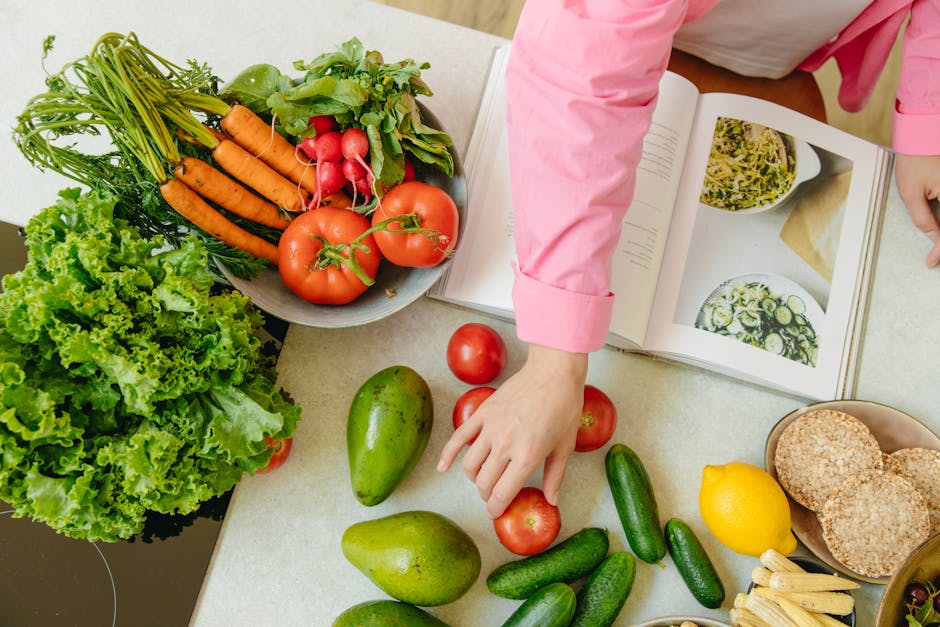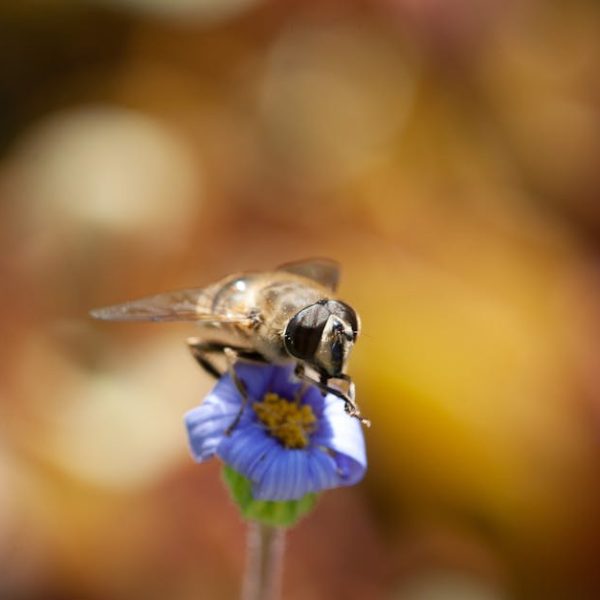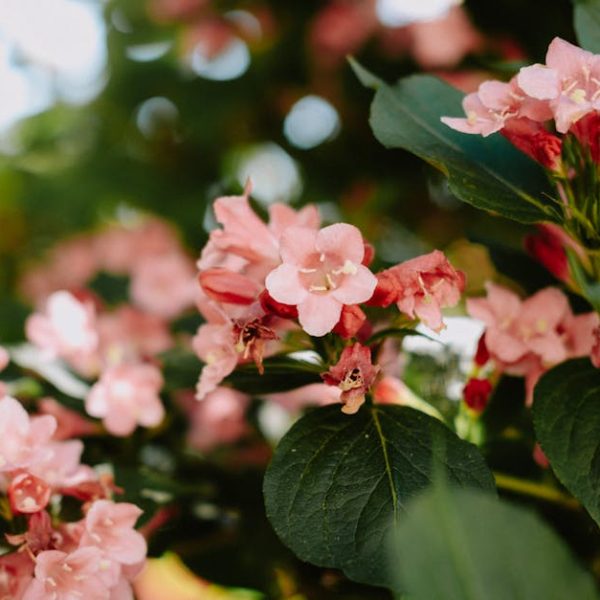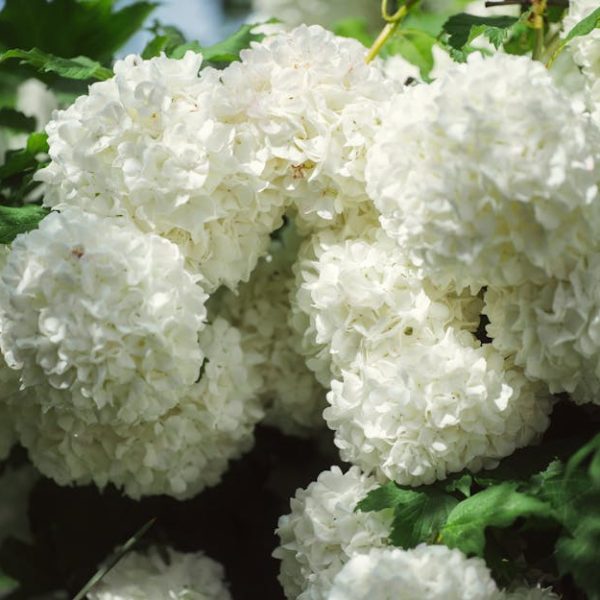For both gardening enthusiasts and beginners alike, growing zucchini in a container is both a practical and rewarding undertaking. Adaptable and robust, zucchinis thrive well in containers, taking the limited space into their stride and yielding abundantly.
Choosing the Right Container for Zucchini Planting
The initial step to a successful zucchini container growth lies in selecting the right container. Ideally, the container should be large enough to accommodate the expansive nature of zucchini plants, allowing sufficient room for root development and plant growth. A depth of at least 12 inches is optimal, with wider dimensions for added stability and space.
Zucchinis can flourish in an array of container types. Some popular choices include:
– Large ceramic pots
– Barrels
– Wooden crates
– Plastic tubs
– Hanging baskets (for smaller varieties of zucchini)
A vital point to note when selecting your container is that it should possess adequate drainage. This prevents water stagnation and consequently, root rot. A layer of gravel at the base of your container can further enhance drainage.
Understanding the Ideal Soil Composition and Fertilizer Use for Zucchini in Containers
Zucchinis perform best in well-draining, rich in organic matter soil with a mild acidic to neutral pH level (6.0-7.0). Preparing the soil well is key to zucchini success. Mix your garden soil with generous amount of compost or manure to boost its fertility. Additionally, a slow-release, all-purpose vegetable fertilizer can be added at planting time.
The organic versus chemical fertilizer debate is a matter of personal preference. Both have their merits and drawbacks. Organic fertilizers can improve soil structure and nutrient availability over time while chemical fertilizers impact immediate, controllable nutrients.
Proper Planting Procedures for Zucchini in Containers
When it comes to planting, zucchinis are rather straightforward. They can be direct-seeded or transplanted as seedlings. Ensure adequate space between the planting sites – a single zucchini plant per pot is advisable. The seeds should be planted 1 inch deep in the soil.
When it comes to sunlight exposure, zucchinis are sun-lovers. Container zucchinis should be placed in a spot that receives at least 6 hours of direct sunlight daily. You can even move your container around to follow the sun’s path. As for watering, zucchinis require frequent watering. The soil should always be moist but not waterlogged.
Monitoring and Balancing Watering and Sunlight Needs of Zucchini in Containers
Adequate watering and sunlight are fundamental to grow healthy and productive zucchinis in containers. But keeping these needs balanced can be tricky. Overwatering can lead to root rot while underwatering or lack of sunlight can hinder zucchini growth. Knowing the signs of both overwatering (yellowing leaves, wilting) and underwatering (drooping leaves, stunted growth) can help you ensure your zucchini plants get the balanced care they require.
For successful indoor zucchini cultivation, a windowsill with good sun exposure is excellent. If this isn’t possible, using a grow light can substitute natural light. Regular and thorough watering is even more mandatory indoors since indoor environments often have drier air.
Managing and Controlling Pests and Diseases in Zucchini Grown in Containers
Damage caused by pests and diseases can hinder your zucchini’s growth, so proactive management is essential. The most common pests that attack zucchini plants include aphids, squash bugs, and cucumber beetles. Typical zucchini diseases include powdery mildew, bacterial wilt, and mosaic virus. Early identification and treatment yield the best results.
For natural pest control, consider integrating companion planting as part of your strategy. Marigold and nasturtium are two plants known to repel several zucchini pests, and they can be easily grown alongside your zucchinis in containers.
In conclusion, growing zucchini in containers can be a rewarding and productive endeavor. All it requires on the part of the gardener are the right techniques and consistent care. Now, you are armed with the necessary knowledge to let your green thumb take over, and guide you through a rewarding growing season. Happy gardening!
Top Tips for Growing Zucchini in Container: Planting Success
Whether you’re a seasoned gardener or a beginner green thumb, growing zucchini in a container is both practical and rewarding. Not only are zucchinis adaptable, they thrive well in containers – from the smallest balcony to the biggest backyard – yielding abundantly in spite of the limited space.
1. Choosing the Right Container for Zucchini Planting
Selecting the appropriate container is your first step towards a thriving zucchini plant. Remember, the zucchini plant can grow to be quite large, so your container should be able to accommodate its large size, especially its roots.
Here are a few vital things you need to consider when picking a container for your zucchini plant:
- Size: Depth is of essence. Go for a container that is at least 12 inches deep while also having wide dimensions for added root space and stability.
Popular choices for containers include but are not limited to:
- Large ceramic pots
- Barrels
- Wooden crates
- Plastic tubs
- Hanging baskets (perfect for smaller zucchini varieties)
Pro-tip: Ensure that your chosen container has good drainage to prevent waterlogging and root rot. A thin layer of gravel or similar material at the bottom of your container can aid in this as well.
2. Understanding the Ideal Soil Composition and Fertilizer Use for Zucchini in Containers
Zucchinis thrive in well-draining soil that is rich in organic matter and has a mildly acidic to neutral pH level (6.0 – 7.0). A good mixture of garden soil with compost or manure should provide a well-balanced soil base for your plant.
To further enrich your soil, consider adding an all-purpose vegetable fertilizer during the planting stage. Less is more here, so ensure you follow the instructions of your chosen fertilizer carefully to prevent over-fertilization.
When deciding between organic and chemical fertilizers, consider the following table:
| Organic Fertilizers | Chemical Fertilizers |
|---|---|
| ➕ Improves soil structure | ➕ Provides immediate nutrients |
| ➕ Enhances nutrient availability over long periods | ➖ High potential for over-fertilization and damage to soil and plants |
3. Proper Planting Procedures for Zucchini in Containers
Zucchini planting = piece of cake! Seriously. They’re so easy to plant. Whether you’re direct seeding or transplanting seedlings, the steps are simple and straightforward.
Here’s a quick checklist to guide you through the process:
Checklist:
- Ensure adequate spacing between your planting sites. One zucchini plant per container is advised.
- Seed should be planted one inch deep in the soil.
- Ensure your container gets at least 6 hours of sunlight daily and can be easily moved around to track the sun’s path.
- Moderation is key when watering – soil should be moist but not waterlogged.
4. Monitoring and Balancing Watering and Sunlight Needs of Zucchini in Containers
While zucchinis are pretty low-maintenance, they do require a balance of sunlight and water. Overwatering can result in root rot and a lack of sunlight can hinder growth.
Keep an eye out for the following signs:
- Overwatering: Look for yellowing or wilted leaves.
- ☀️ Underwatering/Lack of sunlight: Drooping leaves or stunted growth.
Remember, a great part of indoor growing is requiring more regular watering than outdoor plants due to air conditioners and heaters creating dry air which plants don’t love that much.
5. Managing and Controlling Pests and Diseases in Zucchini Grown in Containers
Growing plants in a controlled space like containers can unfortunately attract pests and diseases. For zucchinis, the usual menace includes common pests such as aphids, squash bugs, and cucumber beetles; as well as diseases like powdery mildew, bacterial wilt, and mosaic virus.
Knowing the enemy is half the battle! Watch out for these signs and symptoms of the common pests and diseases to stay on top of your zucchini’s health.
A great way to keep pests at bay naturally is through companion planting. Interestingly, zucchini plants grown next to Marigold or Nasturtium repel several pests and bugs.
There you have it!
Key Takeaway:
- The choice of the right container with sufficient depth and good drainage is essential for successful Zucchini growth.
- Zucchinis do well in well-draining soil, rich in organic matter, with a mild acidic to neutral pH level. A well-balanced mix of garden soil with compost or manure and an all-purpose vegetable fertilizer is highly recommended.
- Observing the right planting procedures such as adequate spacing, one-inch deep seeding, and ensuring at least 6 hours of daily sunlight for the container is crucial.
- Balancing watering and sunlight needs can be tricky but is vital for healthy Zucchini growth. Signs of overwatering include yellowing or wilted leaves, while underwatering or lack of sunlight can lead to drooping leaves or stunted growth.
- Zucchinis grown in containers can attract pests and diseases such as aphids, squash bugs, powdery mildew, bacterial wilt, etc. Early identification and treatment, including companion planting, can be highly effective.
It’s evident that growing zucchini in containers can be quite rewarding, even in limited spaces. All you need is the right knowledge and consistency in their care. Your efforts will bear fruits, or rather, rewarding zucchinis in this case. So go ahead, let you green thumb work its magic in container gardening.
FAQs
Q: What other vegetables are suitable for container gardening?
A: Many vegetables thrive in containers given the right conditions. Some of these include tomatoes, peppers, eggplants, lettuce, spinach, and radishes.
Q: Is hydroponic growing a viable option for zucchinis?
A: Yes, zucchinis can be grown hydroponically. This method requires careful management of nutrient levels and pH but can lead to high yields and faster growth.
Q: Can I grow zucchini indoors all year round?
A: Zucchini can be grown indoors, given sufficient light either from a sunny window or artificial lights, and maintaining the right temperature and humidity levels.
Q: Are there specific zucchini varieties suitable for container gardening?
A: While most varieties of zucchini can be grown in containers, bush varieties and smaller-growing varieties are often more suitable for container gardening.
Q: What should I do after harvesting my zucchini?
A: After harvesting, you can use your fresh zucchinis in cooking or store them in a refrigerator for up to one week. You may also consider sharing your harvest with friends or neighbors to prevent wastage.
Discover more gardening tips and advice on our website, and do share this article within your networks if you found it helpful. Explore more posts related to horticulture and let the green thumb in you thrive.






